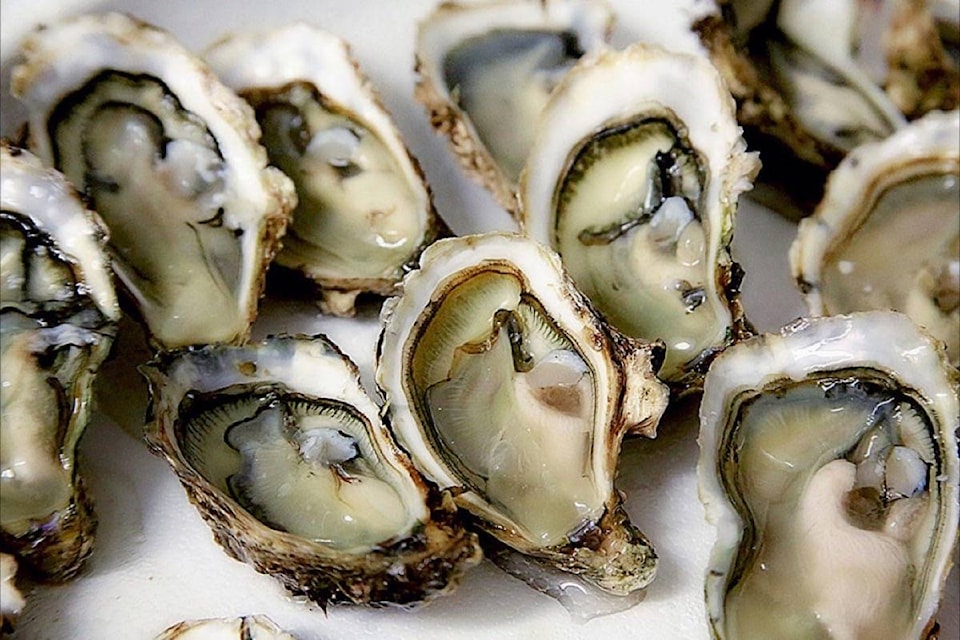Baynes Sound is B.C.’s largest producer of shellfish and Canada’s largest producer of oysters, says the BC Shellfish Growers Association. It accounts for $30 million in production each year, and has provided 608 full-time jobs. However, the association estimates its members have been losing about $2.4 million per month because COVID has closed restaurants and bars.
“Our markets were devastated,” BCSGA executive director Jim Russell said at the April 27 regional district board meeting.
About 60 per cent of production is half-shell oysters, which he said are largely consumed in bars and restaurants. Despite some positive signs that the market is recovering, Russell said the industry has been left with a huge financial hole to fill.
Another challenge is Sudden Mortality Syndrome, a climate change-related phenomenon thought to account for 20-80 per cent of mortality events.
“We find we can’t grow oysters anywhere near the densities we once could in Baynes Sound,” Russell said.
Labour shortages and sea lions are also problematic, as is declining water quality from upland development. Regarding the latter, Russell said there are “worrisome trends” around Comox and Deep Bay.
The shellfish sector is also feeling threatened by new Fisheries and Oceans Canada (DFO) conditions of licence. While the “bad actors need to be dealt with,” Russell said the good actors will also bear the costs of compliance. For instance, annual seabed inspections are worrisome because the cost exceeds $1,000 per farm per year.
Debris continues to be a huge issue, exacerbated in recent months by farm failures, Russell added. In March, the association launched Shellfish Farm Environmental Plan, where farmers self-assess based on exposed foam flotation, non-seabed debris and wildlife protection measures. Compliant members receive special marketing certification. Farmers who don’t participate or who were found to be non-conforming are subject to sanctions.
DFO says recent evidence indicates significant quantities of illegally harvested bivalves are being laundered through aquaculture facilities.
“So we issued all new amended conditions of licence that are effective of April 1st, with the same expiry date of April 30th of 2025,” DFO science advisor Melinda Scott said.
DFO intends to address gaps and areas of non-compliance related to bivalve traceability. There’s also a focus on tagging and record keeping.
“The conditions of licence are in place not only to help with fish habitat protection but from a human health concern,” Scott said. “That was the driver for our changes this year. So we improved clarity of language, and the ability for our fisheries officers to enforce the conditions of licence.”
Notable changes this year include stringent, clarified tagging and record-keeping requirements. DFO has also developed new traceability infographics, and updated language for fish transfers.
In terms of fish habitat protection, the use of foam for flotation will no longer be allowed after April 2023. Gear marking is also set to start in April 2023. Annual seafloor inspections and a clean-up will start in April 2022.
“These are positive steps to start addressing marine debris issues at scale in Baynes Sound and elsewhere on the coast,” Area A director Daniel Arbour said. “It is wonderful to see the multi-stakeholder efforts, including industry and First Nation leadership, DFO regulators, and non-profit groups. It is something to celebrate as concrete action.”



